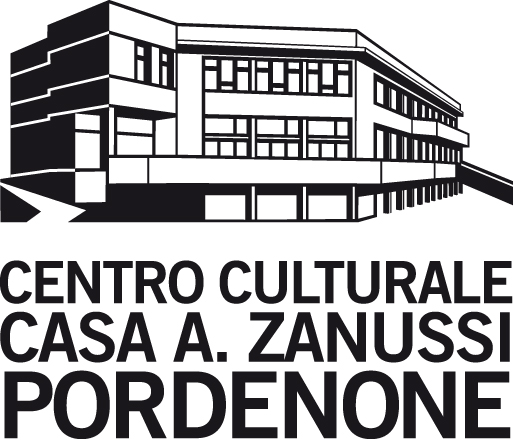Maths & Physics English Lab
6 incontri in lingua inglese per
*studenti degli ultimi anni della scuola secondaria superiore orientati a studi in facoltà scientifiche
*studenti universitari che preparano esami con terminologia specifica in inglese
| da venerdì 5 aprile a venerdì 10 maggio 2013 |
| Centro Culturale Casa A. Zanussi
Pordenone - Via Concordia 7 |
Siete orientati ad iscrivervi ad una facoltà scientifica? O già la state seguendo? Ecco una importante occasione per approfondire il proprio inglese, impadronirsi di terminologia scientifica. E …last but not least… farlo con una persona competente e con un metodo didattico coinvolgente, per diventare osservatori attenti della realtà che ci circonda e scoprire dove si applicano leggi della fisica e formule matematiche.
Laboratorio a cura di Wellington da Silva, docente inglese di Fisica e Matematica
Special Theory of Relativity: Physical and Mathematical Analysis
Special relativity (SR, also known as the special theory of relativity or STR) is the physical theory of measurement in an inertial frame of reference proposed in 1905 by Albert Einstein in the paper "On the Electrodynamics of Moving Bodies". It extends Galileo's principle of relativity – that all uniform motion is relative, and that there is no absolute and well-defined state of rest.
Bending Light Experiment: Snell’s Law – Total Internal Reflection (i.e. Fiber Optics + Prompters Screens)
Total internal reflection is an optical phenomenon that happens when a ray of light strikes a medium boundary at an angle larger than a particular critical angle with respect to the normal to the surface. If the refractive index is lower on the other side of the boundary and the incident angle is greater than the critical angle, no light can pass through and all of the light is reflected.
Foucault Pendulum: Physical and Mathematical Analysis + Videos
The Foucault pendulum or Foucault's pendulum, named after the French physicist Léon Foucault, is a simple device conceived as an experiment to demonstrate the rotation of the Earth. While it had long been known that the Earth rotated, the introduction of the Foucault pendulum in 1851 was the first simple proof of the rotation in an easy-to-see experiment. Today, Foucault pendulums are popular displays in science museums and universities
Measurements and Errors: Mathematical Analysis of Data Collection
Although most of the mathematics used for data analysis and error handling is fairly straight forward, it is very important to practice using the ideas, as just a theoretical understanding of the concepts on its own is not sufficient. Data analysis and error handling are practical skills that are used constantly in the laboratory. Practical work is not just about collecting good data but also about the correct analysis of the data and extraction of results from it. This includes the determination of a final error – which tells you how reliable the results are and how they can be used.
Dimensional Analysis – Physical Constants: Planck’s Constant Calculation (Handout – Application of Measurements and Errors Session)
A physical constant is a physical quantity that is generally believed to be both universal in nature and constant in time. It can be contrasted with a mathematical constant, which is a fixed numerical value, but does not directly involve any physical measurement. There are many physical constants in science, some of the most widely recognised being the speed of light in vacuum c, the gravitational constant G, Planck's constant h, the electric constant ε 0, and the elementary charge e. Physical constants can take many dimensional forms: the speed of light signifies a maximum speed limit of the Universe and is expressed dimensionally as length divided by time; while the fine-structure constant α, which characterises the strength of the electromagnetic interaction, is dimensionless.
Vorticella – Biological Motor: Analysis of Physics and Maths Applied to a Biological System + Computational Simulation of Biological System + Videos
A biological motor, Vorticella, assumes the shape of a helix structure and straightens its body under the action of a chemical. Just as springs can store or release energy and rectify motion in physical systems, the Vorticella can perform similar functions in biological systems. The purpose of this project is to simulate the motion of these biological systems and observe the mechanophysical behaviour of Vorticella.
INFO ISCRIZIONI
Entro sabato 30 marzo 2013. Minimo 6 massimo 12 iscritti
Quota iscrizione euro 60,00 + tessera Irse 2013 euro 26,00
Verrà rilasciato un attestato di frequenza a fine corso
Per iscrizioni far pervenire i propri dati alla Segreteria IRSE irse@centroculturapordenone.it
Tel 0434 365326 - Fax 0434 364584








